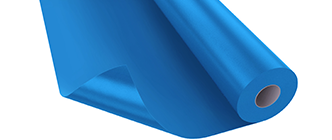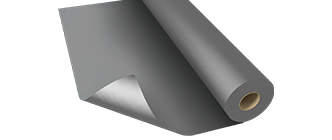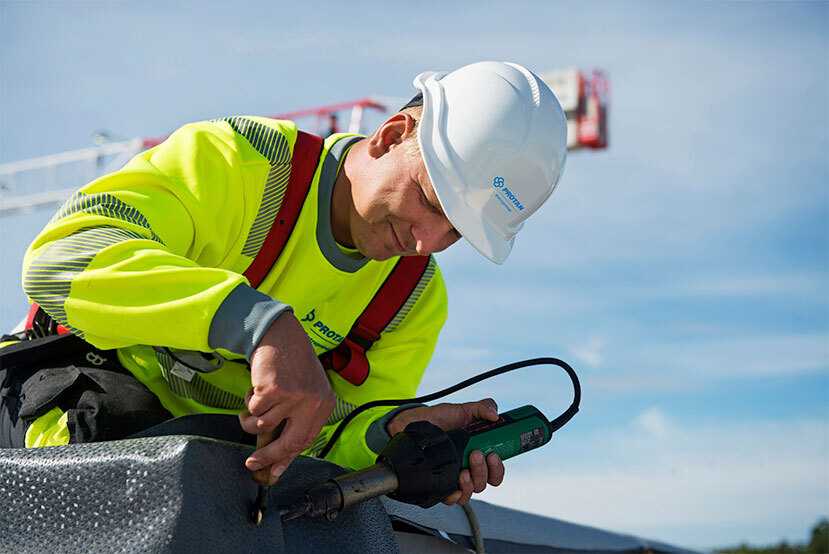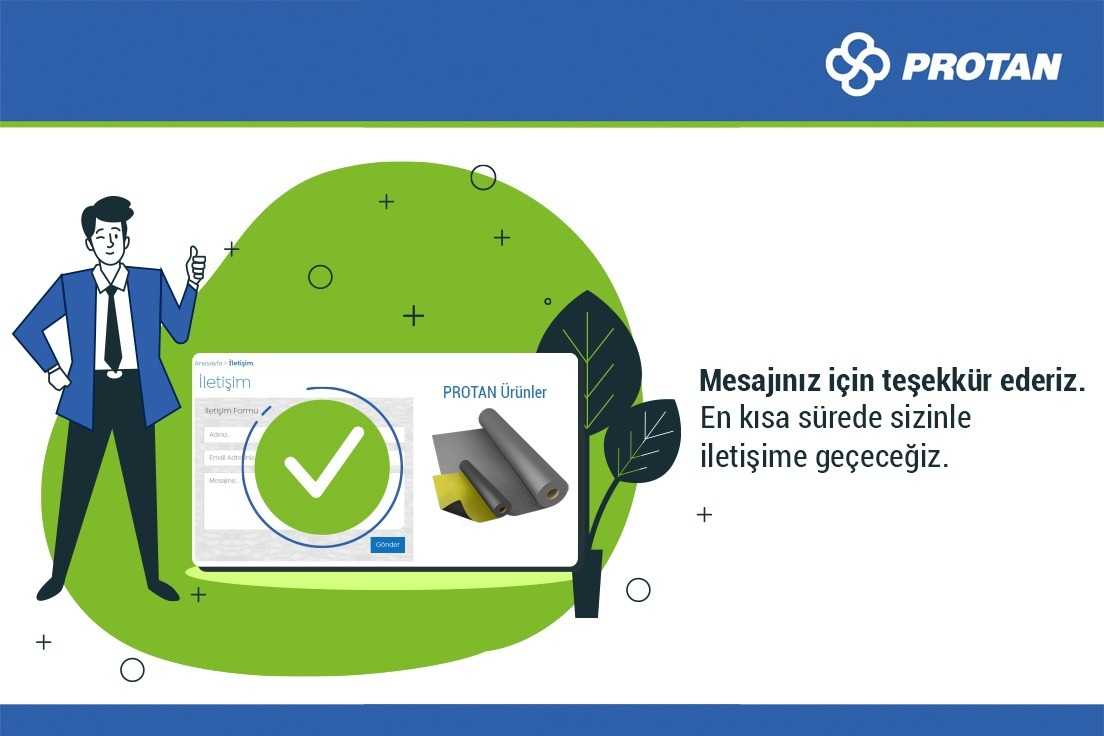Pond Membrane - Protan Turkey
Pond membranes, also known as PVC membranes; It is a long-lasting, weather-resistant and robust mixture, and pond membrane prices may vary according to different factors. In addition to their use in waterproofing; Due to its high level of chemical resistance, it provides a safe use in applications that require protection of concrete from all kinds of gas, acid and base chemicals.
What is Pond Membrane?
PVC pond membranes are UV resistant and polyester reinforced and combined with hot air welding. The pond membrane, which is an insulation membrane used in artificial pond and dam applications, can be used in canals and water collection basins as well as artificial ponds.
What Does a Pond Membrane Do?
A safe and controllable insulation can be made thanks to the pond membranes that can be joined at the joints by using the welding machine. Pond membranes; It can be used in irrigation channels, water reservoirs and ponds. Products with enhanced properties similar to pond membranes should be preferred for foundation and curtain wall insulation of buildings, terraces and garden terrace roofs and drinking water tanks.
What are the Advantages of Pond Membrane?
The pond membrane stands out with its high resistance to external weather conditions and ultraviolet rays. The pond membrane, which has high elasticity, can be applied extremely safely by using special welding machines. The long-lasting pond membrane is also at the forefront with its resistance to plant roots. The pond membrane, which has high puncture resistance, has high dimensional stability and also allows for source control testing.
What are the Types of Pond Membrane?
Pond membranes to be used in the insulation of decorative pools, garden pools and fish ponds; There are polyester reinforced and homogeneous varieties. Protan FLEXIGROUND T and Protan TG PVC covers; They are UV resistant, non-carrier homogeneous and carrier PVC based waterproofing membranes. They can be used in waterproofing details of areas open to UV such as water collection pools, artificial ponds, water channels and roof parapets.
How to Use Pond Membrane?
The surfaces on which the pond membrane application will be made; It must be free from construction residues, iron, reinforcements, protrusions, concrete pieces, rust and similar surface defects. In addition, it is among the points to be considered that the surfaces should be homogeneous, clean, free from dirt, dust and oil. If the application area is soil, it is compacted; If it is reinforced concrete, it is cleaned of all kinds of construction residues and iron reinforcements. After the repair is done, the surface tray is finished. Surface smoothing is applied on all surfaces by using the most suitable materials.
Before starting the application, welding is done for the purpose of testing and the temperature settings of the hot air welding machines to be used are taken into account. construction sites; They may be affected by environmental conditions such as operating temperature, air temperature and humidity, which may vary according to their region. Therefore, if the ambient temperature is low in the area where the application will be made, it may become a necessity to soften the surface of the membrane to be used by means of heat treatment before the application.
Joint welds of the pond membrane are made, if possible, using hot air welding machines with automatic welding. Where machine penetration is out of the question, the use of hot air hand welders may become a necessity. The overlap must be 10 cm and the useful area to be welded must be at least 4 cm. The pond membrane overlapping places to be punctuated are wiped with a clean cloth and the surface is checked to see if it is clean and dry. If the surfaces to be welded are dirty, damp or very wet, they are wiped dry with an absorbent cloth and then the welding process is performed. Geotextile felt; It is laid by opening freely towards the center of the pond. Then, the pond membrane is laid by following the same overlapping margin. The pond membrane is fixed by placing weight on the locking channel. The pond membrane is made ready for welding. The gaps are cleaned from dust by using a clean cloth and similar cleaners. Then the corners of the pond membrane are rounded with scissors and care must be taken to avoid leaving sharp corners. After all these processes, the pond membrane, which is ready for the welding process, is combined by heat treatment with the use of hot air welding robots to form 4 cm welding.
The pipes in the ponds where the application has been made are wrapped with the pond membrane by heat treatment in accordance with the technique. Using stainless clamps and sealing with polyurethane rubber is ensured. In the last stage; The applied surface is checked visually and using a tool like a screwdriver. The inspection tool should be placed inside the seam and lifted along the weld by applying light pressure to try to determine if there is a problem weld area. If a problematic weld area is detected at the end of this process, cleaning the joint and re-welding becomes a necessity. In cases where the pond is reinforced concrete, homogeneous synthetic membrane welding should be applied horizontally along the lath on the upper part of the metal lath, which is fixed to the parapet surfaces and where the pond membrane is mounted.
When it comes to water tanks, it is considered more correct to apply hand welding for point pressure purposes inside the tank. Products boiled with guns and robots are used in water tanks




